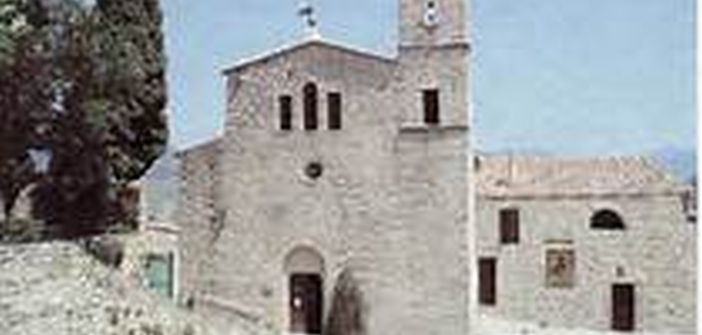Overlooking the Paillon de Contes, Coaraze is the village of the sun. Not because it is one of the closest points to the daytime star, but this nickname is attributed to the number of sundials adorning the façades of the houses in this village.
The Ligurians and the Celts inhabited the area, followed by the Romans who came to establish a relay on the route from Cimiez to Vésubie, a path passing through Saint Michel pass. In 1108, a text mentions Cauda Rasa (shaved tail), the origin of the village’s name. In 1235, it is referred to as Castellum de Cauderase and Coarasa, which becomes Cosarasa in 1240.
These numerous names, all sharing the same root, are explained by the evolution of language, as Latin gradually gives way to local languages and dialects. In the 16th century, administrative documents were drafted in French and Tuscan, which would become Italian.
Coaraze was the fief of the Châteauneuf family, then the Chabaud family. For a time in 1325, it was a possession of Robert the Wise, Count of Provence. The fief passed to the Marchessan after 1388 and became a barony on March 2, 1629. In 1744, Coaraze became a vassal of the Infant of Spain until the Treaty of Aix-la-Chapelle in 1748 when the territory was returned to the Savoy. It was a troubled time, and with the revolution, the Barbets made their mark.
After the annexation in 1860, Coaraze, like most of the towns and villages in the County of Nice, benefited from progress and infrastructure work. It was under the Third Republic, in 1875, that water arrived in Coaraze. A year later, the road broke the village’s isolation, connecting it to the coast and to Nice.
The religious heritage is significant: the Saint John the Baptist Church from the 15th and 17th centuries is adorned with a myriad of cherubs, so numerous that counting them has been abandoned; the Saint Sebastian Chapel at the entrance of the village dates back to the 16th century; the Blue Chapel dedicated to Our Lady of Piety is decorated with frescoes by Ponce de Léon, works from 1962. Mention must be made of the Roccasparvierra site (Hawk’s Rock), fief of the Riquier family and later the Count of Provence. The castle was sold in 1358 by Queen Jeanne to Pierre Marquesan, lord of Coaraze. Roccasparvierra became a barony in 1629, and the site was gradually abandoned by the inhabitants who split their residence between Coaraze and Duranus.
According to legend, Queen Jeanne found her two murdered twins there, with some claiming they were served to her as a meal. Another legend speaks of the devil’s tail being cut off.
Coaraze and its sundials, works by artists like Cocteau and Goetz, is a village unlike any other. It has not succumbed to glitz and, spared from tourist influxes, has retained its soul, which is essential.
Thierry Jan


